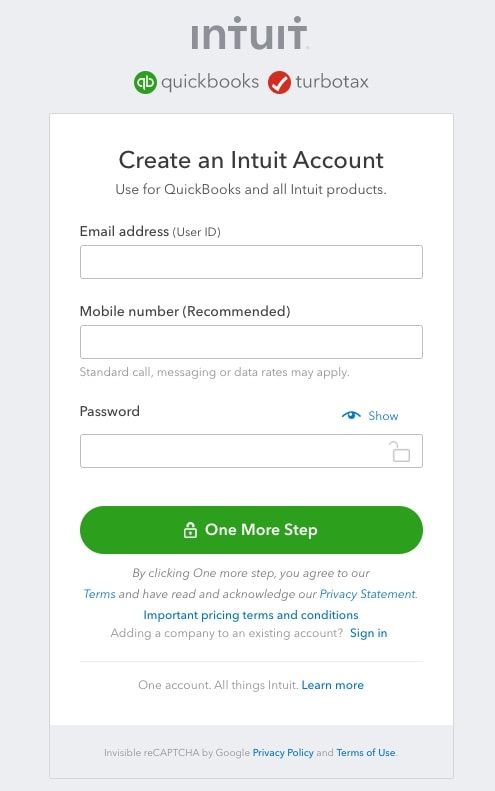Turn on suggestions
Auto-suggest helps you quickly narrow down your search results by suggesting possible matches as you type.
Showing results for
Solved! Go to Solution.
Hi @carol50
As posts above suggest, there are two options for deduction.
The names for which (IMHO) are the wrong way round!
(1) Probably the most common is Relief at Source.
This is most suitable for lower paid employees (those who pay no tax or are in the 20% bracket). The employee deduction is calculated on the Net Pay (after tax & NI) at 80% of the headline deduction rate. In this case, 4%. This is handed to the pension provider who claim a top-up from HMRC (equivalent to 20% of the headline rate). Including this top-up, the employee percentage is 5%.
Since pensions are entitled to tax relief at the marginal rate (highest tax bracket that the employee pays tax), an employee paying tax at 40% would not get full relief & would have to claim the extra back using self-assessment.
(2) Optional is Net Pay Arrangement.
The employee deduction is calculated on Gross Pay (before tax) at 5% so the full tax relief is gained straightaway without the need to claim anything from HMRC. This is not suitable for employees that pay no tax as they get zero tax relief & no top-up from HMRC.
See why the names are confusing?
Relief at Source doesn't actually provide relief at the source (the employer) - the relief comes from HMRC via the pension company while Net Pay Arrangement is based on gross pay, not net pay!
No wonder people think pensions are confusing!
This - https://www.moneyadviceservice.org.uk/en/articles/tax-relief-and-your-workplace-pension - is quite a good description of the two systems.
Hello carol50,
Is your pension set to calculate at Net-based or Relief at Source?
Thanks
want it to be net-based how do I find out setting
Hello, @carol50.
If you’re enrolled in a workplace pensions scheme and you’ve already run payroll, the employee will automatically be enrolled in the pension.
Be sure to verify if the pension setup and rates are correct then check if there's a previous payroll that may cause the incorrect deduction.
Keep me posted on how it goes. I'm here to help you further if you have follow-up questions.
The employee contribution is reduced by tax relief at source so that it will appear to you as 4%.
Hi @carol50
As posts above suggest, there are two options for deduction.
The names for which (IMHO) are the wrong way round!
(1) Probably the most common is Relief at Source.
This is most suitable for lower paid employees (those who pay no tax or are in the 20% bracket). The employee deduction is calculated on the Net Pay (after tax & NI) at 80% of the headline deduction rate. In this case, 4%. This is handed to the pension provider who claim a top-up from HMRC (equivalent to 20% of the headline rate). Including this top-up, the employee percentage is 5%.
Since pensions are entitled to tax relief at the marginal rate (highest tax bracket that the employee pays tax), an employee paying tax at 40% would not get full relief & would have to claim the extra back using self-assessment.
(2) Optional is Net Pay Arrangement.
The employee deduction is calculated on Gross Pay (before tax) at 5% so the full tax relief is gained straightaway without the need to claim anything from HMRC. This is not suitable for employees that pay no tax as they get zero tax relief & no top-up from HMRC.
See why the names are confusing?
Relief at Source doesn't actually provide relief at the source (the employer) - the relief comes from HMRC via the pension company while Net Pay Arrangement is based on gross pay, not net pay!
No wonder people think pensions are confusing!
This - https://www.moneyadviceservice.org.uk/en/articles/tax-relief-and-your-workplace-pension - is quite a good description of the two systems.

You have clicked a link to a site outside of the QuickBooks or ProFile Communities. By clicking "Continue", you will leave the community and be taken to that site instead.
